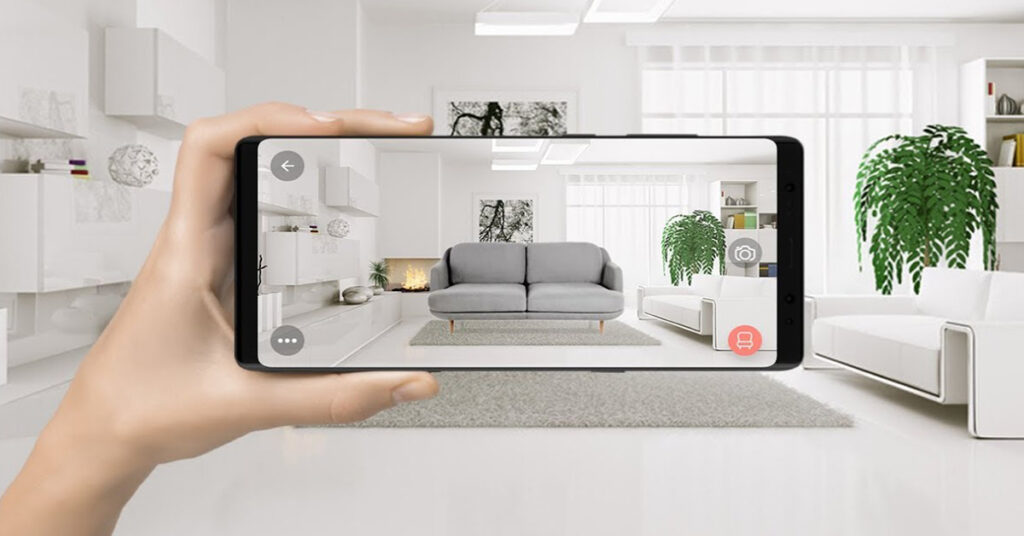Augmented Reality (AR) and Virtual Reality (VR) technology are becoming increasingly popular across multiple industries. This technology is expected to create job opportunities with competitive salaries, while also having a positive economic impact across various sectors. In this blog post, we will discuss the various ways in which AR/VR technologies are being used in healthcare, commercial, and educational settings.
Healthcare Applications of AR/VR Technology
For many years now, healthcare professionals have been using virtual reality simulations to improve accuracy and patient engagement when treating mental health disorders. One method involves Exposure Response Prevention Therapy (ERP), which uses virtual reality simulation to help patients suffering from anxiety-related disorders such as Obsessive Compulsive Disorder (OCD). Through this process, therapists can help their patients confront their fears through controlled exposure to virtual environments that mimic the real world. This allows patients to practice new behaviors in a safe environment before attempting them in the real world.
Commercial Applications of AR/VR Technology
Augmented Reality (AR) technology has been used by companies such as Ikea for interior design purposes. Ikea launched a mobile app feature which incorporated AR technology into its product catalogs and allowed users to “try out” furniture items virtually before purchasing them in-store or online. Through this kind of technology, companies can create immersive experiences that directly engage customers on an emotional level.
Educational Applications of AR/VR Technology
Virtual reality technology has also been utilized in the educational sector. For example, 3D animations can be used to make lectures more engaging while they are also accessible via smartphones outside traditional classrooms. Additionally, 360° videos allow students to explore environments and gain new knowledge without leaving their homes or classrooms – making it easier for students who may not have access to physical resources or locations due to geographical limitations or financial constraints.
Conclusion:
The increasing prevalence of augmented reality & virtual reality technologies across multiple domains is expected to create job opportunities with competitive salaries associated with software development for these technologies, while also having a positive economic impact on multiple sectors including healthcare, commercial & educational applications of these technologies could lead to tremendous advances in those industries. With continued innovation & exploration into the potential applications of these technologies, there is no limit as to how far they can go! With proper implementation & execution, both augmented & virtual reality could revolutionize our lives and open up entire new worlds of possibilities!


